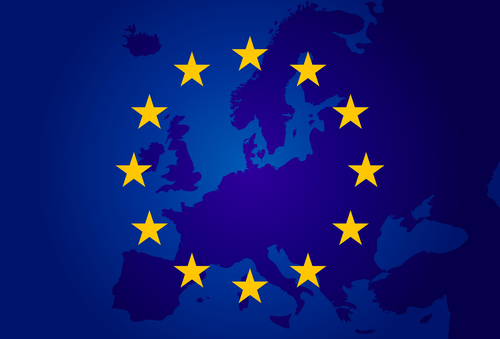As of July 21st, 2024, significant updates have been made to the RoHS (Restriction of Hazardous Substances) Directive, impacting various exemptions. These changes are crucial for manufacturers who must review and adapt to ensure compliance and avoid potential penalties.
What is RoHS?
The RoHS Directive is a European Union regulation aimed at reducing hazardous substances in electrical and electronic equipment (EEE). It restricts the use of specific substances, such as lead, mercury, cadmium, and certain flame retardants, in the manufacturing process.
Key Changes to RoHS Exemptions
- Extension of Exemptions: Several exemptions have been extended, allowing continued use of certain hazardous substances in specific applications where alternatives are not yet viable. Manufacturers should review the updated list to ensure their products still qualify.
- Modification of Existing Exemptions: Some exemptions have been modified to either broaden or narrow their scope. This may affect the types of products that can utilize these exemptions, necessitating a re-evaluation of compliance strategies.
- Phase-Out of Exemptions: Certain exemptions are being phased out, requiring manufacturers to transition to compliant materials and processes. This phase-out could impact supply chains and production timelines.
Non-compliance with the RoHS Directive can lead to significant penalties, including fines and product recalls. Additionally, maintaining compliance is essential for market access in the European Union and other regions that adopt RoHS-like regulations. Manufacturers should carefully review the latest exemption updates to understand how they impact their products.
Our team of experts is here to help you navigate these complex regulatory changes. For more information or assistance, please visit the official RoHS website or contact iCertifi.

